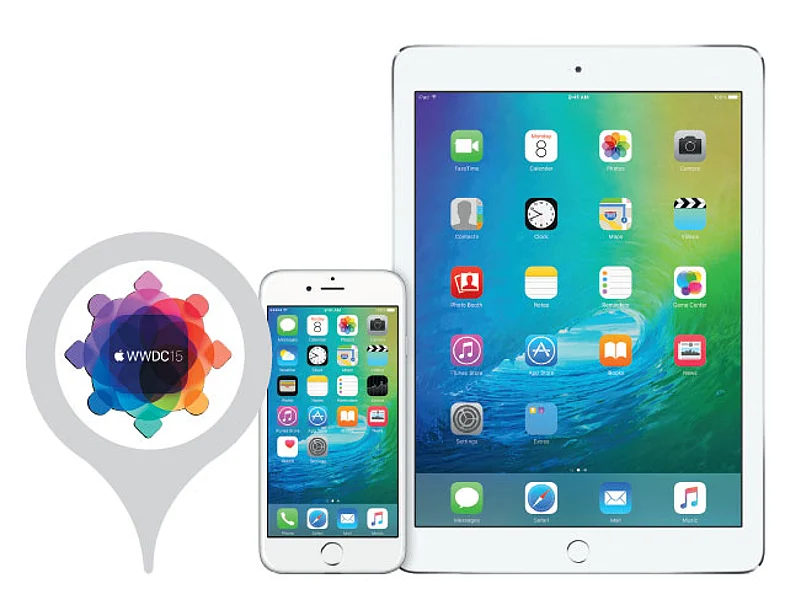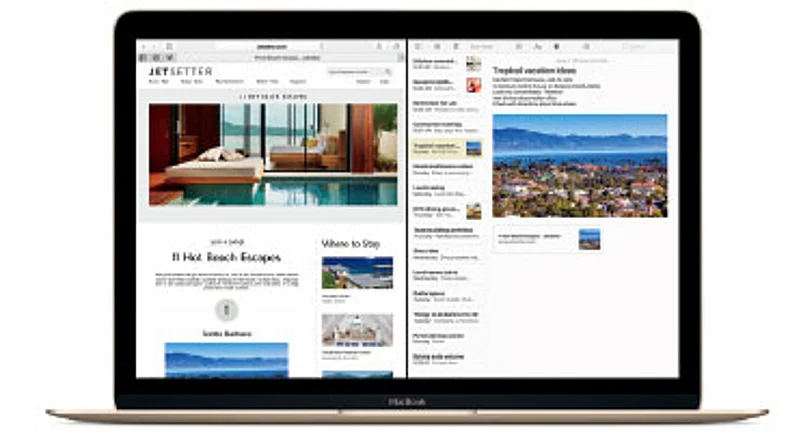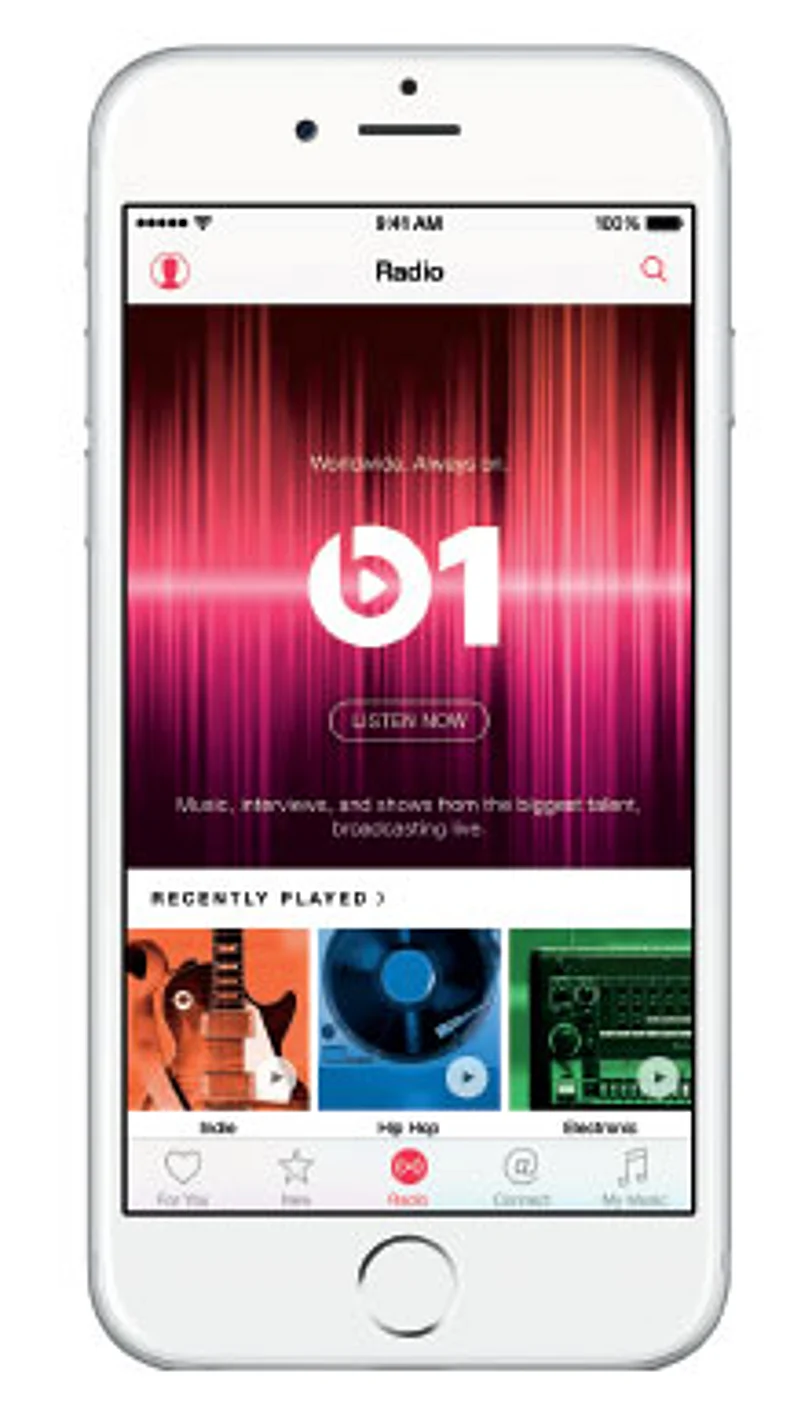Ostensibly, Google’s I/O and Apple’s Worldwide Developers Conference (WWDC) events are aimed at the legions of developer armies on either side of the mobile platform wars. Even so, everyday consumers, folks like you and me, can look to these mega events for first looks at the glitzy new software and features that their devices will be running in a few months’ time. We cut through the hype and the clutter of the event announcements to bring you the news you can use.

Android M
Google has lined up a laundry list of features coming to the next version of Android, codenamed Android M…now what M stands for is still up for grabs. If Android Lollipop was all about big visual changes, Android M focuses on under-the-hood improvements and usability tweaks. That said, there are some big changes you will notice straight out of the box with a phone running Android M—better app permissions, Doze mode and Google Now.

- Doze Mode Android phones are notorious for badly managed battery life, and Google’s Doze mode promises to rectify that and help bump battery life to up to two times longer. So, how does it work? It checks the motion sensor and when the screen was last active to detect whether the phone is being used, and thus save power during long periods of inactivity. At such times, Android reduces how frequently it updates background data— say your email and Twitter app—without cutting out essential functions like alarms, phone calls and SMS.
- Google Now on Tap Now on Tap is Google’s latest upgrade to its already useful (and excessively creepy) Google Now virtual assistant, which till today could read your emails and location to let you know when to leave home to catch a flight. The new version can now analyse what’s currently on your Android device’s screen and respond accordingly. So, if you’re looking at an email from friends where you’re discussing movies, Now will be able to bring up information like movie schedules, simply by 'tapping' a word… and without leaving the app you’re in.
- Better Android App Permissions Ever wondered why it seems every single Android app needs to present you with a ton of permissions—one to use your location, another to access your microphone, among others—before it can even be installed? Presenting permissions up-front just overwhelms most folks with information, encouraging them to just click okay to proceed without fully understanding why an app needs access to say, your contact list. Android M will use dynamic permissions which appear only when needed—if you’re installing an app like Instagram, it will only ask for permission to use your camera when you first take a photo, rather than when you install the app. You can even check which apps have access to any particular permission and switch off permissions at one go for any dubious sounding apps.

Maps Offline
Android’s mobile payment solution, now termed 'Android Pay', could take a while getting to Indian shores, but an offline initiative could prove to be a whole lot handy. Google Maps has had offline capabilities for some time now, but it’s getting a massive upgrade with local search and voice guided turn-by-turn directions, even when you’re offline. Maps will work exactly as if you were connected, which is great for times when you only have a slow 2G network… or if you’re travelling abroad and don’t have data connectivity at all.
Google Photos

Unlimited photo and video storage forever—for all your 1080p videos and photos (up to 16MP)—need I say more? Android M may have kept the faithful Android users happy, but the revamped Photos app was by far Google I/O’s biggest announcement. Designed to help you 'take back control of your digital life', Photos goes beyond storage by organising all your photos—it does this by finding all the people and places without your having to individually go and tag each photo…and then makes them instantly searchable! Never lose that 'photo of myself in Goa 2012' again.

iOS 9
The buzzword for the year is 'refinement' and, like Google, Apple chose to forego a revolutionary change and instead tweak user experience and performance with iOS 9. There are numerous under-the-hood improvements, such as the OS requiring less free space on your phone when you’re upgrading from iOS 8, and a new low power mode that can squeeze up to three extra hours out of the iPhone battery. The Notes app gains drawing functionality, and there’s 'News', a new news aggregation app, which pulls content from various publications straight into a Flipboard-style app.
- Siri-Proactive Assistant Much like Google Now, Apple’s Siri 'proactive assistant' now uses data on your phone to give your contextually relevant advice and options. Think scanning your email and pulling meeting invites directly into your calendar or, checking your emails to identify a new unknown number when a call comes in. Or even suggesting folks you may want to call, or apps you would want to use at a certain time of the day. A key difference between Apple and Google’s approach—all your data stays only on your phone and all the smarts is built into your iPhone, not the cloud as it is with Google.
- Ipad Multitasking The iPad may just find its true work calling, now that iOS 9 allows the same split-screen style multitasking you may recall Samsung has used on its larger Android devices. Users can see and run two apps at the same time, as well as watch video picture-in-picture while scrolling through emails or checking the Facebook feed.
Watch OS 2

While we wait for Apple to launch the Apple Watch in India, there’s good news in the form of watchOS 2, the first major software upgrade for Apple’s smart watch. Among other benefits, watchOS 2 brings with it support for native watch apps, which let the watch do more stuff independently without having to rely on a nearby iPhone to function, instead connecting directly to WiFi to pull data.
Mac OS X El Capitan

Apple’s desktop OS release for this year toes the refinement line and brings with it a dramatic 40 per cent increase in performance, along with a slew of usability tweaks, such as an improved multitasking experience which closely mimics Windows 8-style split view mode and an improved ‘natural language’ computer-wide search.
Apple Music

Apple’s long-rumoured streaming music service made debut during WWDC, ahead of its June 30 launch. By the time you read this, Apple will be rolling the service at extremely competitive rates (there’s a killer family plan for six family members) across 100 countries, India included. So what’s on offer? Well, you can stream your favorite artists, watch music videos, and listen to many humancurated playlists as well as song and playlist recommendations. The clincher—it’s going to be available for Android too, later this year!













